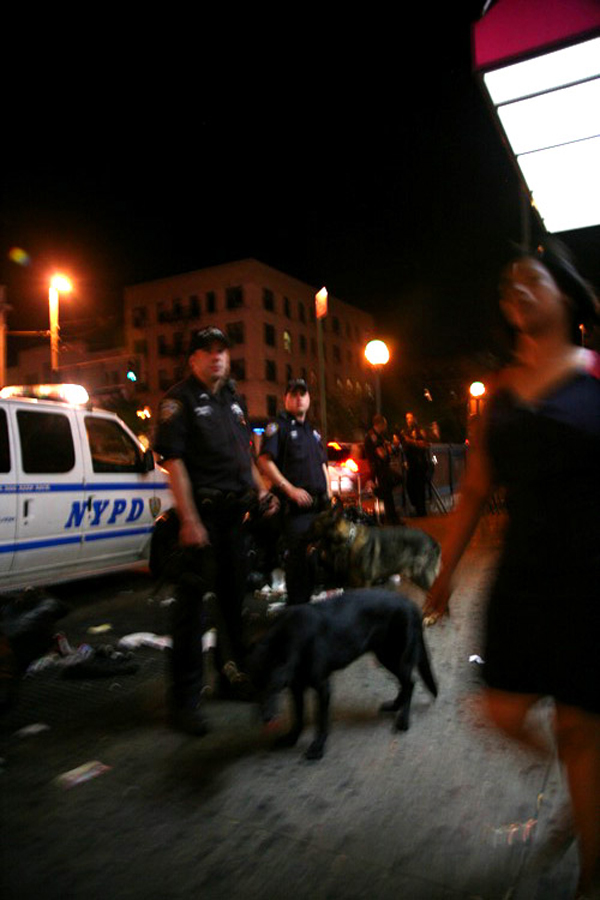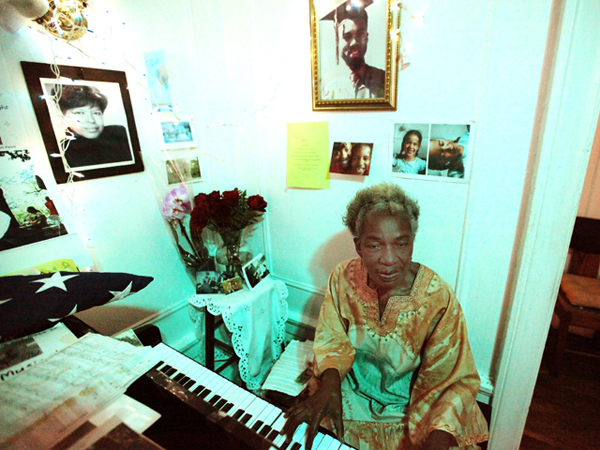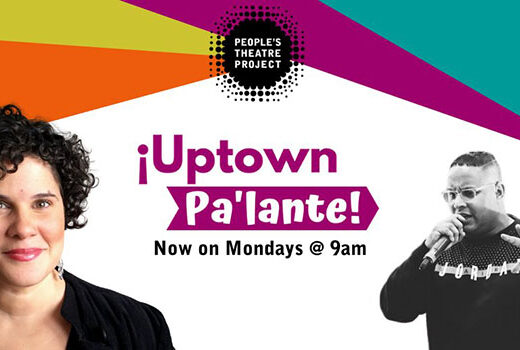By Josmar Trujillo

(Photo: Briana E. Heard)
Yesterday, the City announced the departure of Police Commissioner Jimmy O’Neill after three years at the helm of America’s largest police force. O’Neill leaves amid attacks from police unions, a series of police brutality incidents and an inexplicable rash of police suicides.
His replacement, NYPD Chief of Detectives Dermot Shea, promises to steer the police department along the same course – which is bad news for communities of color.
The head of the New York City Police Department offers a high profile and even national platform. In that sense, it is not unimportant who leads the NYPD. However, the job is in many ways a ceremonial and largely political position left largely outside the democratic process. Mayors can choose whomever they see fit and often pick those who look tough-on-crime.
But since the rise of the Black Lives Matter movement, policing is no longer so easily a question of who locks up the most people. While it was often thought that crime stats were the only metrics that a mayor and police commissioner should concern themselves with, the pressure raised by activists over the past few years has made reducing arrests and incarceration an important consideration.
Chief Shea says he plans to continue O’Neill’s brand of “neighborhood policing,” which seems to strive to address the over-policing concerns of the community. However, O’Neill didn’t pioneer this approach. The NYPD has always had some version of community policing in practice, including during some of its most brutal and racist chapters.
Read more: Meet the New Boss, Shea’m as the Old Boss | Manhattan Times
We invite you to subscribe to the weekly Uptown Love newsletter, like our Facebook page and follow us on Twitter & Instagram or e-mail us at [email protected].



